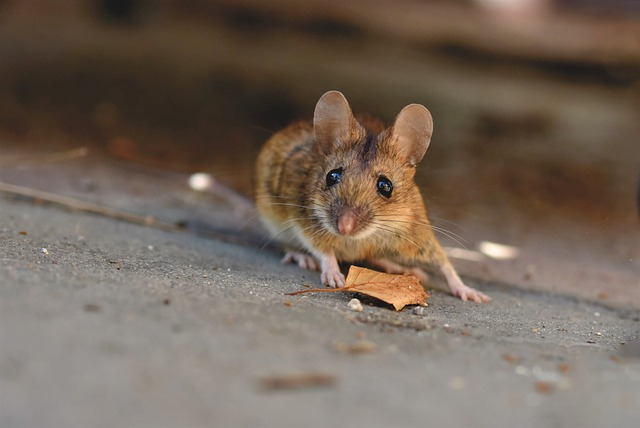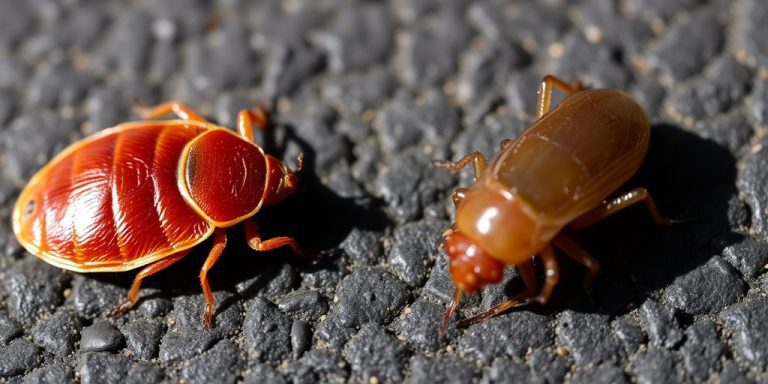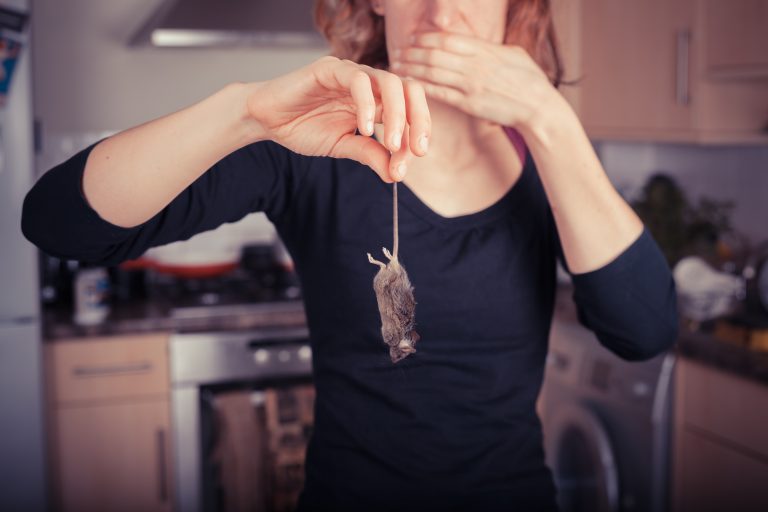How Fast Can Mice Run
Having a house mouse in your home is a bad experience. And having to deal with house mice infestation is even worse. They can spread diseases and destroy things. There are many ways of eradicating mice and other animals from your home. Here you will find ample information on house mice and how to get them out of your home.

About Mice
Mice are rodents that are often found in homes as well as in the wild. House mice are one of the smallest species in the rodent order. Mice crave food continually. This makes them want to have something to nibble on all the time. Mice also need to eat and gnaw on something to prevent their front teeth from overgrowing. They can chew on books, food, pet food, power lines, cereal grains, pest foods, and other things. House mice can run 7.5 to 8 mph.
House Mice Vs Wild Mice
Wild mice need more calories than house mice because they need to work harder to find food and shelter. The need to escape predators also puts them in need of more calories. House mice live in the house and this frees them from hard work to get food. Also, they can easily find a spot as their shelter.
House Mice Vs Deer Mice
A major difference between house mice and deer mice is their appearance. House mice have a gray or light brown color with no spots while deer mice have a brown color with a white belly.
Their tail length also differs. The tail of a house mouse is thick and long with scales while that of a deer mouse is long and thin with no hairs. The back legs of a house mouse are small while that of a deer mouse are long and strong. A house mouse has a rodent smell to its nest while a deer mouse has no smell.
While house mice make nests for their homes, dear mice burrow to make their homes. A house mouse eats constantly and often eats on the spot while a deer mouse stores food in its caves.
Mice Vs Rats
One key difference between mice and rats is that rats are larger than mice. Rats are between 9 to 11 inches long, including the tail. Mice are smaller. Adult mice are about 7 1/2 inches in length, including the tail.
The most common rats in the United States are roof rats and Norway rats. They measure between 13 to 18 in and their tails can vary in length according to species.
Their droppings also differ in length. While rat droppings are 1/2 to 3/4 inch long, mice droppings are only about 1/4 inch long.
How To Know If You Have Mice In Your House
The obvious evidence of having a mouse infestation in your house is seeing live or dead mice. However, aside from seeing a dead rodent, there is other evidence of mouse infestation, including:
Mouse droppings or tiny hairs: Mice will leave their droppings all over your house or in specific corners of the house. And you can also find their tiny hairs lying around.
Gnawed holes in stored foods: If you find holes in stored foods like cereal grain and food boxes, there are mice in your house. Mice also gnaw on papers so, if you see piled paper shreds, it can also be evidence of mice infestation.
Food scraps or wrappings left behind: mice leave scraps of food they eat behind. We can also see roughly torn food wrappings. You can see these in out-of-the-way places like the corners of closets and cabinets and even weird places like inside shoes or boots.
Noticeable grease marks, or urine trails: if you notice grease marks, urine stains, and trails in places that are otherwise clean, there might be mice lying around. Also, tiny runways and narrow pathways in areas where dust and dirt have been swept clean are evidence of nice movements.
Nests or piled nesting materials might be evidence of mice living in your house.
Skittering or scratching sounds: If you hear skittering and scratching sounds coming from places like the walls, floor cavities, ceiling, under beds, and hidden corners of the house, mice are living around.
Odors: if you notice musty, rank, or stale odors, it is evidence of mice.
Rodent Control Measures
When there’s a case of mice infestation in your house, the best rodent control measure is population reduction. Here are some steps to get mice from your home:
Inspect the house
To eradicate mice from your house, you need to inspect the entire house. You have to find out the places where they hide and where they have built their nest. You also want to find evidence of mice infestation in your house.
The best time to inspect your house is at dusk. You will need a flashlight to see into corners and dark areas like under the bed and behind the cupboards. Look out for the signs that they are mice in the house. Some of these things are mice urine, droppings, gnawing damage, and live or dead mice.
From your inspection, you will know if you have mice or rats in the house. knowing which rodent is in the house is essential because it will determine the kind of trap and bait you will use. While a trap that is meant for mice will not be sturdy enough to trap rats, the trap that is meant for rats will not be sensitive enough to trap mice. Also, the kind of bait you use for mice traps is different from that which you use for rat traps. For instance, mice will accept Bromethalin bait but rats may not eat it.
Sanitize the house
To make your rodent control measures effective you have to sanitize the house. Mice eat food meant for pets and humans. Therefore, it is essential to take out any kind of food that they can eat. Removing their food source will make trapping them easier. Also, mice need food to survive, so without the food, they will need to source food, improving their chances of being caught by the trap.
Take out their shelter. If their shelter is destroyed, they would have to look for somewhere else and in the process improve their chances of being caught by the traps as well.
To properly sanitize your house, you should:
- keep your kitchen floor, tables, countertops, and sinks free of food particles. Mice eat food particles and will be drawn to them wherever they are.
- keep your food and pet food in containers. Mice feed on pet foods and human foods like cereals.
- Clean and disinfect areas formerly inhabited by mice. Clean out all their nestings and urine stains. You can use bleach for the cleaning as it is very effective. The recommended ratio of water to bleach is 9 to 1 respectively.
Eradicate the mice
After you inspect the house, the next step is to eradicate the detected mice from it. To completely get mice out of your house you have to ensure that you kill them. You will need mice traps that can catch them and rodent baits to lure them.
House Mouse Traps
Using traps is an effective way of eradicating mice from your house. With traps, you are sure to eradicate them. Also, it allows for the disposal of the mice as they are killed instead of having to deal with dead mice or rat odor. It also does not rely on poisoning which can lead to rats dying in hidden corners without being detected.
You can use a simple wood-based snap trap that is available in most hardware and grocery stores. You can also use multiple capture live traps. These kinds of traps can capture several mice in one set. You can get them in hardware and feed stores. Glue boards trap is also effective.
Bait the traps with chocolate candy, peanut butter, dried fruit, or small pieces of bacon. Attach the base to the trigger so that when the mouse goes for it it will get caught. The trap is set to be sensitive and spring easily so that it can capture the mice at the slightest movement.
Place the traps in strategic areas that mice will easily get to. You can set them in dark corners, behind objects, close to the wall, or in the areas where you have detected mice activity. The strategy is to place the trap where mice would naturally go through so that they can get caught as they go about to be their natural movements.
Use multiple traps to ensure you eradicate the rodents quickly and thoroughly. Also, prebaiting helps to improve the success of trapping. Leave the bait on the trap without setting it. If the mice take the bait without getting hurt, they’ll be more likely to venture again. Doing this at least once is advised.
Poison Baits
Poison baits are rodenticides. They are available in different stores like discount stores, hardware stores, garden centers, feed stores, and other stores where they sell pesticides. Some poisons will kill the mice after they have eaten them for some days while some work faster. Ensure to keep the bait fresh and replenished to ensure the mice eat the lethal doses.
Finally
House mice can move at 7.5 to 8 mph. Mice infestation is a bad situation but it can be handled with effective rodent control. An advantage of rodent control disease control is that it can help with disease control and also put your mind at rest. Mouse traps like glue boards, wood traps, and multiple traps are effective for getting rid of them. You can prevent mice from reentering your house if you keep it tidy. Keep food supply in containers and ensure the house is free of food particles.
Frequently Ask Questions
How Long Do Mice Live?
In the wild, mice live for about a year. However, in protected environments like the house where they have access to food and water, they can live for up to 2 years and even more.
How Do I Keep Mice From My Home?
After eradicating mice, keep your house clean to ensure rats and even pests and other rodents do not invade it.
What Do Mice Eat?
Mice eat foods for humans like cereals. They also eat pet foods, paper, soft materials, and even wood.



